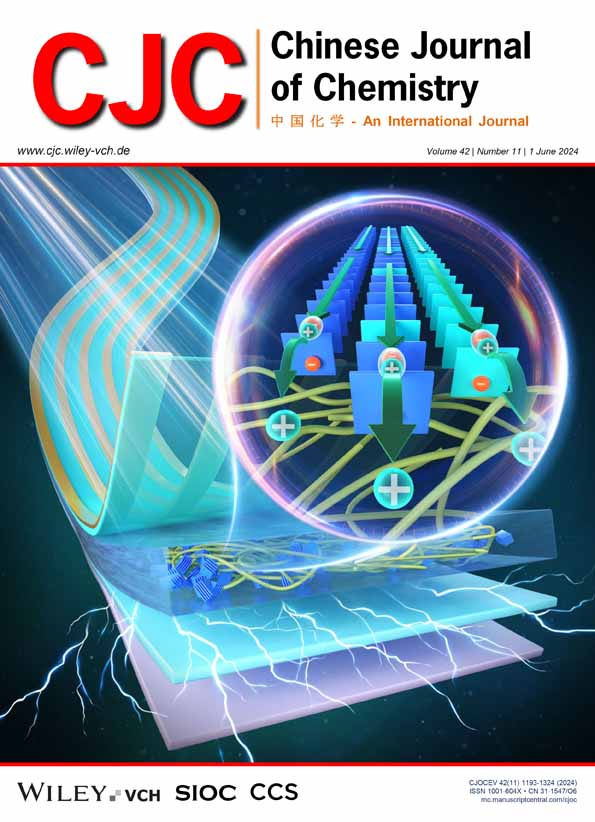Aggregation-Dependent Polymer Photochromism via Double Intramolecular Hydrogen Bonds from Excited State Intramolecular Proton Transfer
Abstract
Excited-state intramolecular proton transfer (ESIPT) involves photochemical tautomerization between two excited states (E* and K*) via intramolecular proton transfer. Developing polymer photochromism based on the photochemical tautomerization of organic ESIPT molecules has been rarely reported. We report the ESIPT molecule HBT-2OH exhibits concentration-dependent photochromic behavior in a polyurethane (PU) network. At low concentrations, HBT-2OH primarily exists in the trans-enol configuration without intramolecular OH···N hydrogen bonds in PU, emitting blue fluorescence at ~464 nm (enol emission). Upon UV irradiation, the dihedral angle between the proton donor and acceptor twists to form an intramolecular OH···N H-bond, converting trans-enol to cis-enol and resulting in ESIPT with pale yellow fluorescence at ~603 nm (keto emission). The photochromic effect of HBT-2OH@PU diminishes at high concentrations due to that aggregation favors the cis-enol form. Control molecules HBT, HBO-2OH, and HBI-2OH show no photochromism in PU, confirming that ethanolyl branches and intramolecular OH···S hydrogen bonds stabilize the trans-enol configuration of HBT-2OH. Incorporating these molecules into PMMA and PCL networks demonstrates that increased free volume and smaller aggregates enhance photochromism by reducing resistance to dihedral angle twisting. Density functional theory (DFT) calculations further confirm stable intramolecular heteroatomic hydrogen bonds (OH···S) exist in HBT-2OH. This study offers new theoretical insights and opens avenues for research on polymer based photochromic materials.

 求助内容:
求助内容: 应助结果提醒方式:
应助结果提醒方式:


